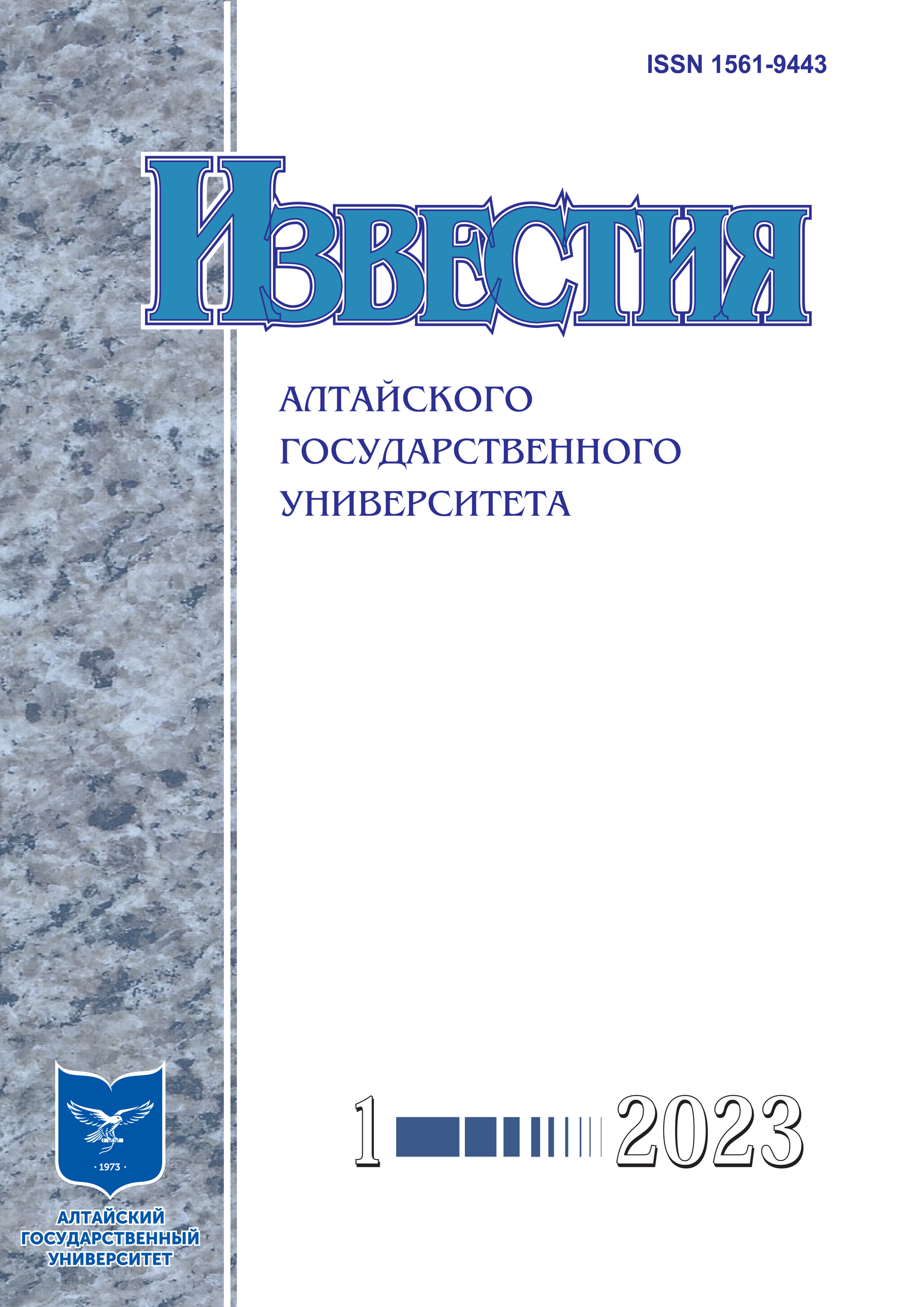Deterministic Interpretation of the Malus Law and Correlation in Experiments with Entangled Photons
УДК 53.01:535.51
Abstract
This paper examines a local deterministic model of an experiment involving correlated photons. The experimental setup involves a source that emits two linearly polarized photons in each act, two two-channel analyzers, and detectors included in the coincidence scheme. The orientation angle of the photon polarization plane is a random variable with a uniform distribution, and it is the same for simultaneously emitted photons. The model presented here is a generalization of the “naive example of hidden variable theory” described in A. Aspect's article ‘Bell's Theorem: The Naive View of an Experimentalist.
In our model, the outcome of the photon interaction with the analyzer (hit in one of the two channels) is uniquely determined by the angle between the photon polarization plane and the analyzer axis and is described by a step function. The difference in our model is that the step function contains a large number of segments of different lengths. The location and lengths of the segments are set so that the probability of a photon hitting a specific channel of an ideal analyzer, determined by averaging the outcomes over small neighborhoods of angles, approaches the Malus law when the maximum length of a segment decreases. This ensures that the classical model is self-consistent.
When ideal analyzers are used, the absolute value of the correlation coefficient of detector readings mainly does not exceed the values from Aspect's ‘naive example’. However, when analyzers with absorption are used, the calculated correlations for some orientations of the analyzers exceed the quantum mechanical values. Key words: linear polarization of photons, Malus law, entangled photons, correlations, hidden parameters.
Downloads
Metrics
References
Clauser J.F., Horne M.A. Experimental consequences of objective local theories // Phys. Rev. D. 1974. Vol. 10. № 2.
Aspect A., Grangier P., Roger G. Experimental Realization of Einstein–Podolsky–Rosen–Bohm Gedankenexperiment: A New Violation of Bell’s Inequalities // Phys. Rev. Lett. 1982. Vol. 49. № 2.
Aspect A. Bell’s Th eorem: Th e Naive View of an Experimentalist // Quantum [Un]speakables. Berlin, Heidelberg, 2002. DOI: https://doi.org/10.1007/978-3-662-05032-3_9.
Weihs G., Jennewein T., Simon C., Weinfurter H., Zeilinger A. Violation of Bell’s Inequality under Strict Einstein Locality Conditions // Phys. Rev. Lett. 1998. Vol. 81. № 23.
Aspect A. To be or not to be local // Nature. 2007. Vol. 446. № 7138. DOI:10.1038/446866a.
Pitowsky I. Resolution of the Einstein–Podolsky–Rosen and Bell Paradoxes // Phys. Rev. Lett. 1982. Vol. 48. № 10.7. Pitowsky I. Deterministic model of spin and statistics // Phys. Rev. D. 1983. Vol. 27. № 10.
Белинский А.В., Клышко Д.Н. Интерференция света и теорема Белла // УФН. 1993. Т. 163. № 8. DOI: 10.3367/UFNr.0163.199308a.0001.
Copyright (c) 2023 Александр Иванович Гончаров

This work is licensed under a Creative Commons Attribution 4.0 International License.
Izvestiya of Altai State University is a golden publisher, as we allow self-archiving, but most importantly we are fully transparent about your rights.
Authors may present and discuss their findings ahead of publication: at biological or scientific conferences, on preprint servers, in public databases, and in blogs, wikis, tweets, and other informal communication channels.
Izvestiya of Altai State University allows authors to deposit manuscripts (currently under review or those for intended submission to Izvestiya of Altai State University) in non-commercial, pre-print servers such as ArXiv.
Authors who publish with this journal agree to the following terms:
- Authors retain copyright and grant the journal right of first publication with the work simultaneously licensed under a Creative Commons Attribution License (CC BY 4.0) that allows others to share the work with an acknowledgement of the work's authorship and initial publication in this journal.
- Authors are able to enter into separate, additional contractual arrangements for the non-exclusive distribution of the journal's published version of the work (e.g., post it to an institutional repository or publish it in a book), with an acknowledgement of its initial publication in this journal.
- Authors are permitted and encouraged to post their work online (e.g., in institutional repositories or on their website) prior to and during the submission process, as it can lead to productive exchanges, as well as earlier and greater citation of published work (See The Effect of Open Access).








